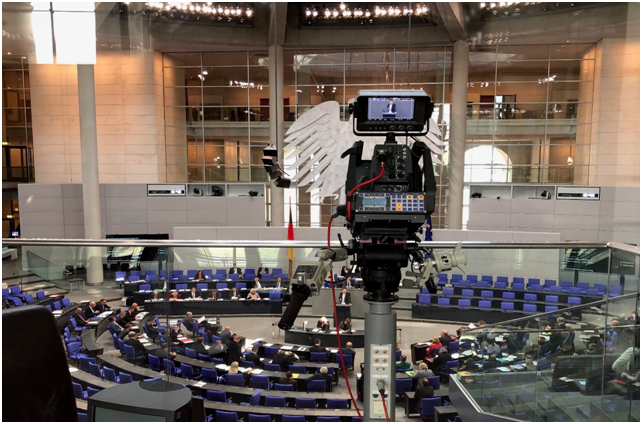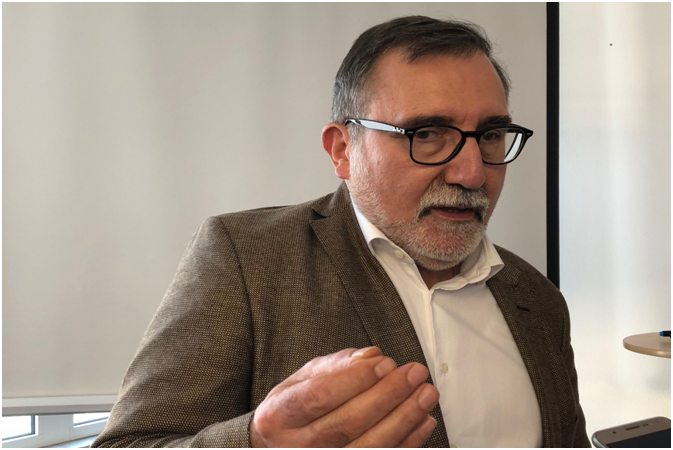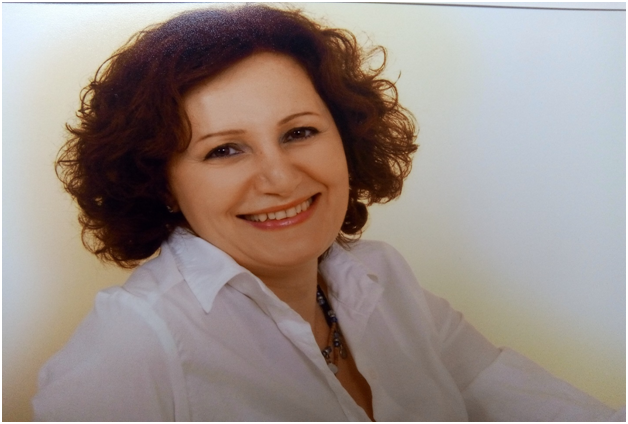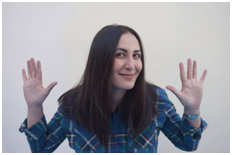by Gayane Asryan

Armenian-German relations are always in the center of attention of the media. Both in Armenia and Germany the media keeps following the development of events, however they write something, when topics really start stirring some noise.
The scope of topics is not that broad, covering predominantly regional, political, cultural and educational issues. In terms of events, it is difficult to attract the attention of the German media, taking into account the global developments and their relation to the German audience.
The Velvet Revolution was one of those events, which were covered and gained support in the German media. In a sense, it was unprecedented, because for years on end none of the events occurred in Armenia ever appeared in that country’s media.
“Initially, Germany had the highest of opinions as to why the events in Armenia should gain a following here: even the Turkish lobbyists were actively sharing that view,” says the head of German-Armenian Society NGO Raffi Kantian.
In his words, during the heated days of the revolution, German media began to cover and watch every minute, awaiting new developments. The most reputable media outlets kept the subject in the focus of attention, and many materials were published.
“Figuratively speaking, the media in Germany took the responsibility of covering the Velvet Revolution, because besides domestic politics, there was a new foreign policy issue to be found here,” explains Kantian.

Raffi Kantian
Moreover, Kantian underlines that the coverage of the revolution was incomparable with that of SEPA (Single Euro Payments Area). The subject of SEPA did not become a hot topic in local media, and so it was not discussed.
“The German press may make references to Armenia in connection with the entry of any official in Baku, or in the context of the Armenian Genocide and Turkey’s foreign policy,” the head of the NGO continues.
The German public can discover more information about Armenia-related articles on the German-Armenian Society NGO website. The print version of the materials, according to Kantian, is accessible to all – from officials to ordinary citizens.
One of the largest libraries in Germany has copies of the organization’s “Armenisch-Deutsche Korrespondenz” magazine. It is becoming a valuable source for Bachelor’s and Master’s research papers.
“Our issue is not only the publication of the magazine, but also its dissemination in order to gain as large of a circle as possible and involve correspondents. We give it to the German Parliament, some key members of the European Parliament, foreign diplomats in Germany, Austria and Switzerland,” adds Kantian.
The topics and authors are different, but the overall direction is Armenian-German relations, regional developments, economic integration policies and opportunities for the Eastern Partnership.
From a thematic perspective, the German press is heavily burdened. Journalist and analyst Irina Ghulinyan-Gerz, who has been cooperating with and following German media, shares a similar view. “In Germany, media consumers have so many topics of interest that you shouldn’t get upset that a small country like Armenia doesn’t get much attention here. When compared to other countries of the same scale, of course, there is more coverage, especially in the context of the Karabakh-Azerbaijan conflict,” the journalist comments.
Irina notes that the German reader can no longer bear the burden of the world, especially in recent times, when more focus is placed on social issues.
“At the moment, there has been an increase of rental prices for citizens, which has become a serious challenge for Germans, and on the other hand, we can see discontent and concerns regarding the return of pensions. People here need coverage of these topics,” our interlocutor observes.

Irina Ghulinyan-Gerz
According to the expert, readers are not only interested in Pan-German and Pan-European topics, but also fascinating events taking place all over the world. “Do you understand how many started and unfinished wars, crises and protests there are? And in light of all of this, Armenia can only become interesting with events like the Velvet Revolution.”
In order to clarify the process of choosing what subjects to cover, Irina draws parallels between the German and Armenian press in the context of the EU-Armenia Association Agreement. The news on not signing the Association Agreement did not make a lot of noise in German press, whereas for the Armenian media it became the number one issue for several months.
“After 2013, the scope of coverage has always presented the European Union and the Eurasian Economic Union as being at odds with one another. All the topics were built on this contradiction, emphasizing what we lost, what we could have had in case of this or that economic opportunity,” says Ghulinyan-Gerz.
The coverage of European learning programs, in her opinion, has a positive emphasis in Armenia and was understandable for a certain period of time, however it should be freed from that situation and be more meaningful.
“The methods for making political decisions should not be tied to circles of cooperation,” she says, adding that the Armenian media today does not give the people the opportunity to see the solution to the issues in either of these unions.
Meanwhile, the journalist is sure that the subject of European integration should be opened and clarified with regard to the possible changes in specific spheres of life in the case of integration.
“As in Germany, so in Armenia, people prioritize many issues, the only difference being that the German reader doesn’t consider Armenia’s integration to be an important topic, whereas the Armenian audience ought to be directly interested in this topic,” notes Ghulinyan-Gerz.
In both countries, the media responds to the interests of the audience from time to time regarding Armenian-German relations, as well as the issues of European integration, and that, according to the journalist, is enough in order to be informed.
Journalist Ghulinyan-Gerz is convinced that even though constant media attention can play a crucial role on the road of Armenia’s European integration, however it should be done through public demand and not artificially.
 Gayane Asryan has been doing journalism since her student years. She mainly covered social and economic spheres. Currently she works at Media Initiatives Center as a journalist for Media.am, covering the spheres of freedom of speech in Armenia, social networking opportunities and the advertising market in the country. In her articles she often focuses on fact-checking, statistics, and compares data with alternative sources. She has experience in public relations as well.
Gayane Asryan has been doing journalism since her student years. She mainly covered social and economic spheres. Currently she works at Media Initiatives Center as a journalist for Media.am, covering the spheres of freedom of speech in Armenia, social networking opportunities and the advertising market in the country. In her articles she often focuses on fact-checking, statistics, and compares data with alternative sources. She has experience in public relations as well.
